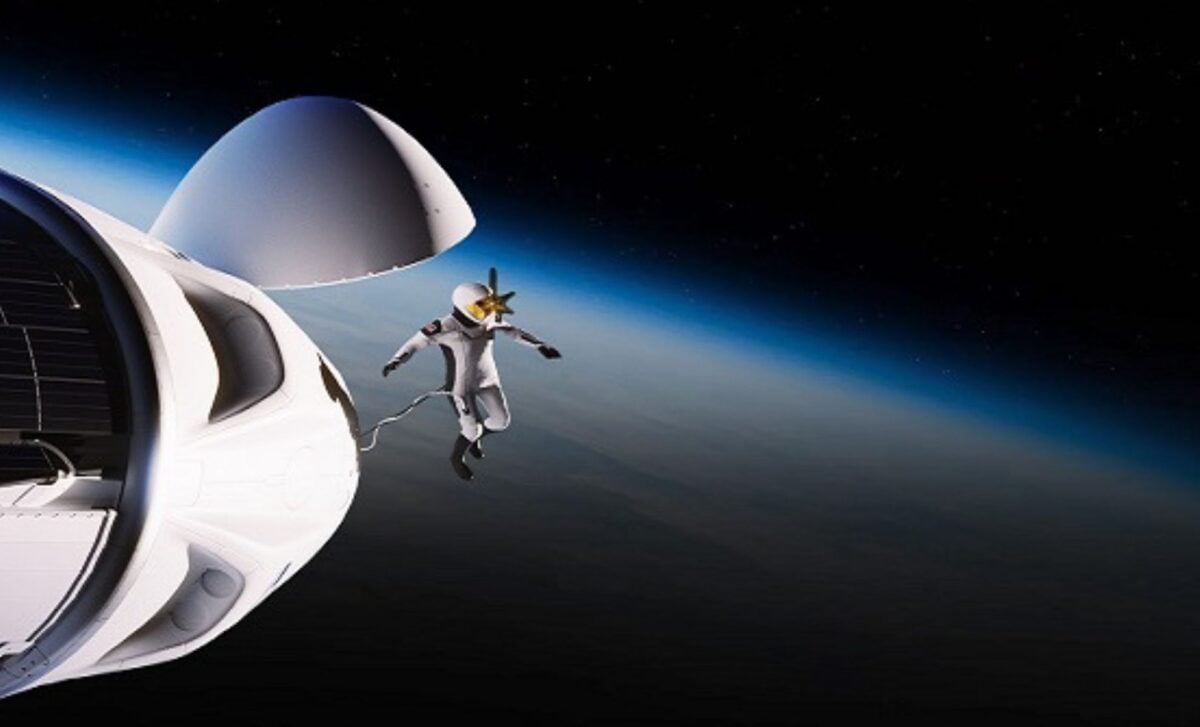The highly anticipated Polaris Dawn mission, a landmark project by SpaceX, has been postponed from its original launch date of July 31 to mid-to-late August.
This mission is set to achieve several groundbreaking milestones in space exploration, including the first commercial spacewalk. The delay is due to SpaceX's prioritization of the Crew-9 mission, which is scheduled to transport astronauts to the International Space Station (ISS) on August 18.
This decision underscores the complexities involved in managing multiple high-priority space missions and the intricate logistics required to ensure mission success.
Reasons for the SpaceX Polaris Dawn Delay
The decision to delay the SpaceX Polaris Dawn mission primarily stems from logistical considerations, as SpaceX shifts its focus to the Crew-9 mission. Sarah Walker, SpaceX's director of Dragon mission management, highlighted the busy schedule at the ISS, noting, "There's a lot going on on ISS right now."
This prioritization ensures that the critical Crew-9 mission, which is essential for maintaining the continuous operations and scientific research aboard the ISS, receives the necessary resources and attention.
The Polaris Dawn mission, initially slated for late 2022, has faced multiple delays due to its ambitious nature, including plans to reach an orbit 435 miles (700 kilometers) above Earth—significantly higher than any previous Crew Dragon mission.
This altitude not only presents unique challenges but also offers an unprecedented opportunity for scientific research and technological testing.
Key Objectives of the Polaris Dawn Mission
The SpaceX Polaris Dawn mission is poised to set new benchmarks in private space exploration. One of its primary objectives is to conduct the first-ever commercial spacewalk, involving two of the four crew members onboard.
The mission's crew includes Jared Isaacman, a billionaire entrepreneur funding and leading the mission; Scott Poteet, a retired U.S. Air Force lieutenant colonel; and Sarah Gillis and Anna Menon, both SpaceX engineers.
The planned spacewalk aims to test new spacesuits designed to withstand the harsh conditions of space, providing critical data that will inform the development of suits for future missions, including those to the moon and Mars.
This mission also includes significant scientific objectives, such as studying the effects of space radiation on human health and testing Starlink's laser-based communications technology in space.
The successful demonstration of these technologies could pave the way for more reliable communications in future deep-space missions, enhancing the capabilities of spacecraft in remote environments.
Broader Implications for SpaceX and Commercial Spaceflight
The delay of the SpaceX Polaris Dawn mission highlights the inherent challenges and complexities of advanced space missions, especially those that seek to push the boundaries of current capabilities.
The recent issues faced by SpaceX, such as the Falcon 9 upper stage failure during a Starlink satellite launch, demonstrate the unpredictable nature of space exploration. These challenges underscore the importance of meticulous planning and testing to ensure mission success.
The Polaris Dawn mission is part of a broader initiative led by Jared Isaacman, which also includes two additional planned missions. This program builds on the success of the Inspiration4 mission in 2021, the first all-civilian orbital mission, and aims to expand the frontiers of commercial spaceflight.
By undertaking these ambitious missions, SpaceX and its partners are not only advancing space technology but also paving the way for future private and commercial endeavors in space exploration.
In summary, the postponement of the SpaceX Polaris Dawn mission, while disappointing to some, reflects the necessary precautions and strategic planning involved in pioneering space missions.
As SpaceX continues to refine its technologies and approaches, the upcoming launch promises to contribute valuable insights and innovations that will benefit future human spaceflight missions. This mission stands as a testament to the evolving role of private companies in space exploration, setting the stage for even more ambitious projects in the future.




